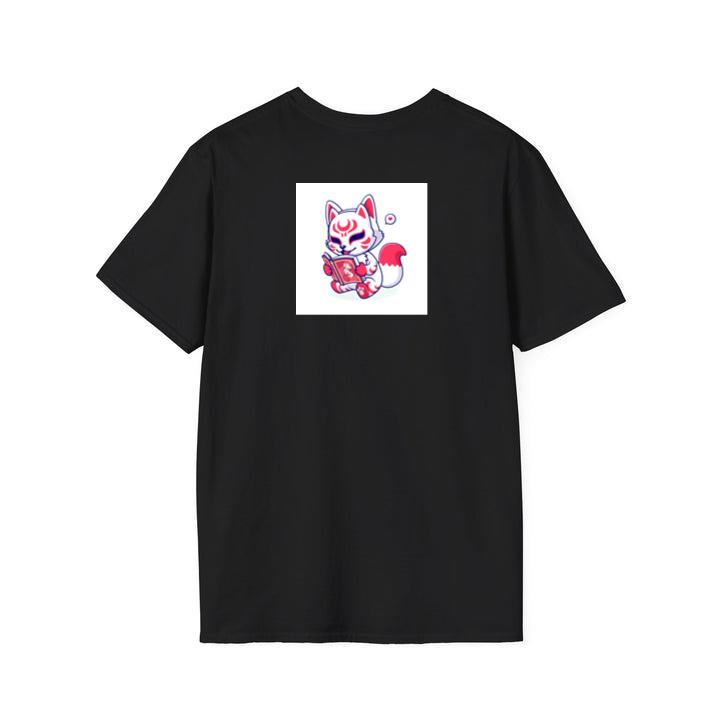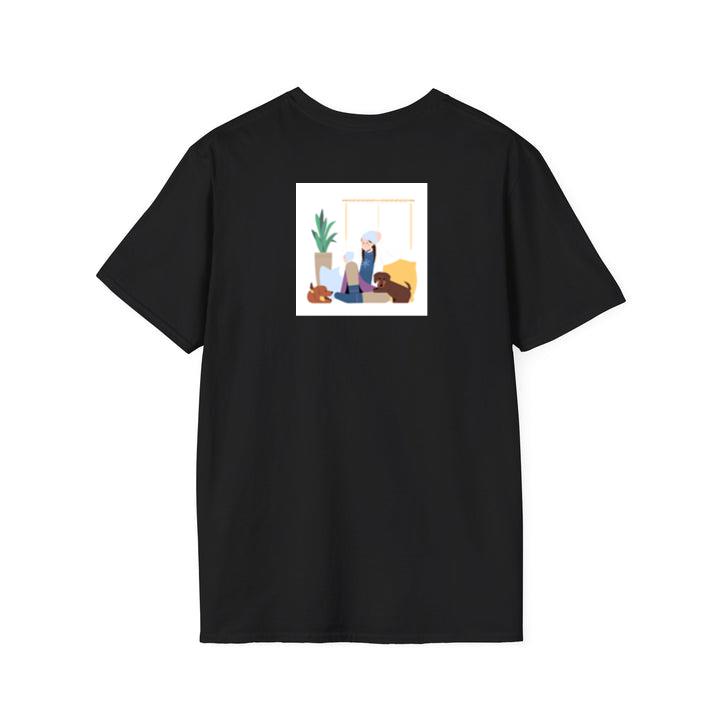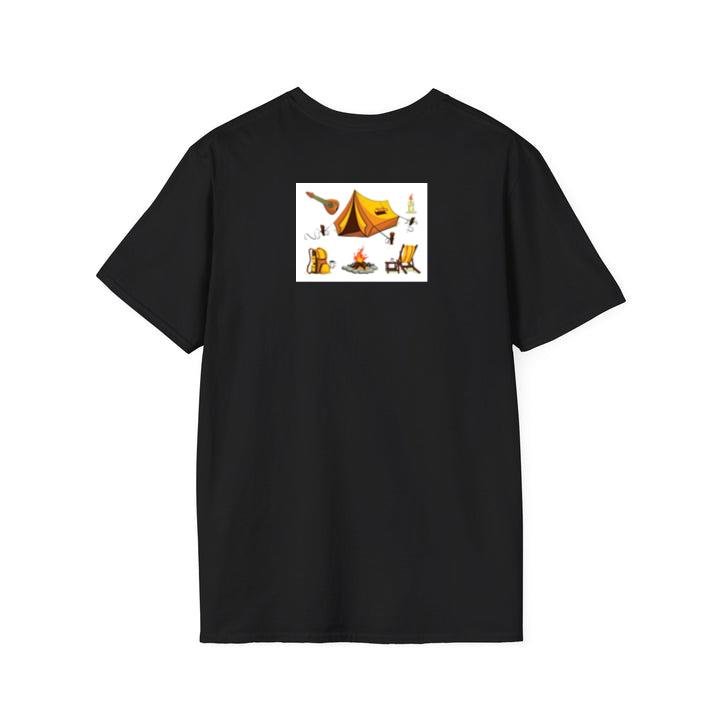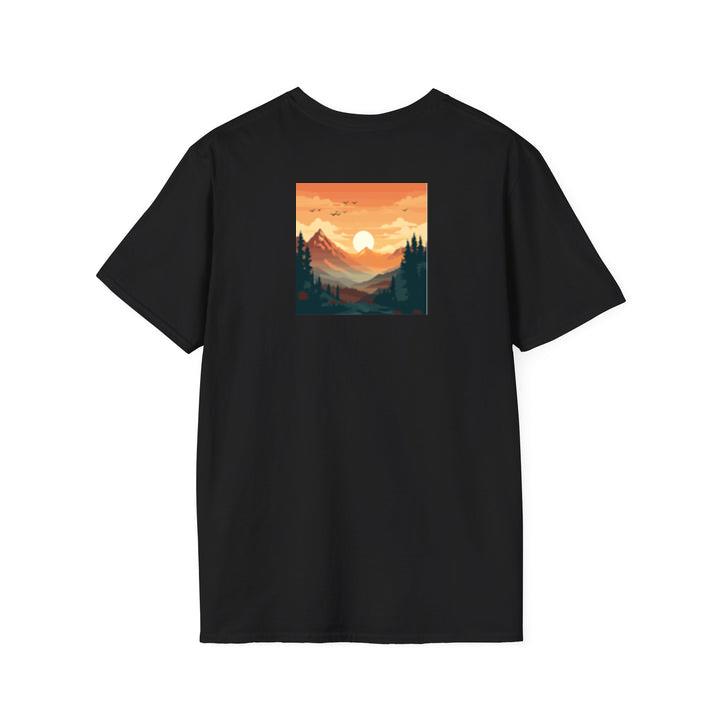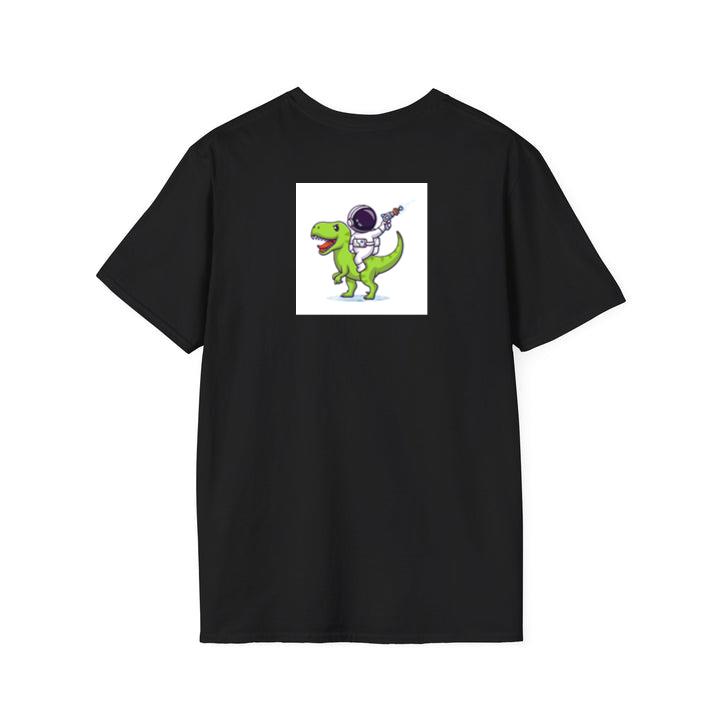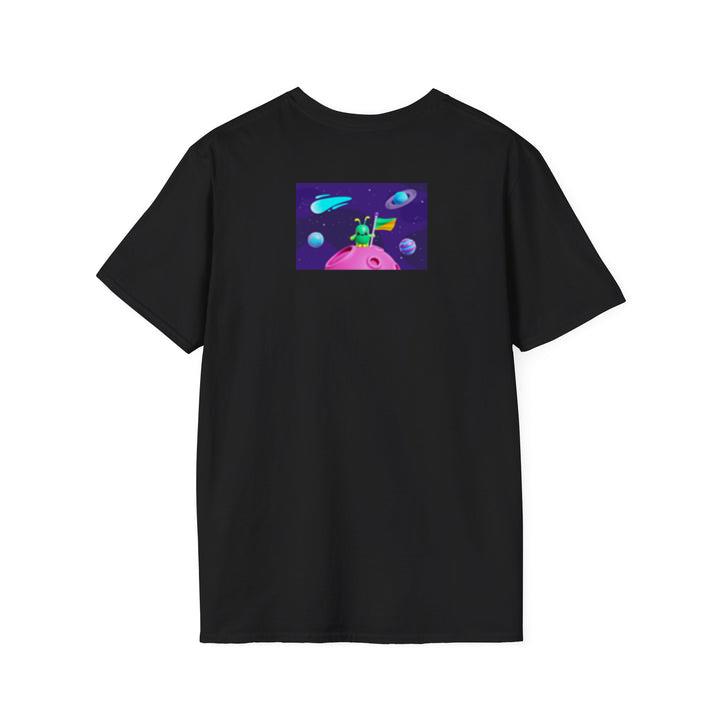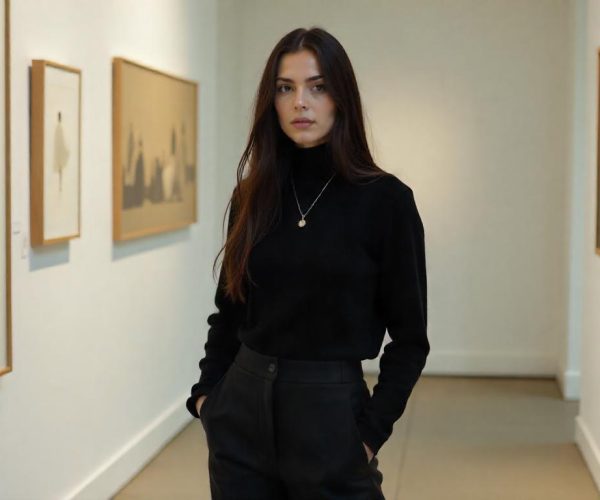Streetwear: The Rise of Urban Fashion Culture

Streetwear is more than just a style—it’s a global movement. Born from the streets of New York City and Los Angeles, inspired by hip-hop, skate culture, and youth rebellion, streetwear has transformed the way we define modern fashion. Once considered underground and niche, it’s now a billion-dollar industry embraced by luxury brands and everyday people alike.
What Is Streetwear?
Streetwear is a casual fashion style that emerged from urban subcultures, particularly skateboarding, surfing, punk, and hip-hop. It’s known for its oversized silhouettes, bold graphics, sneakers, and logo-heavy designs. Streetwear doesn’t follow traditional fashion rules—in fact, it thrives on breaking them.
It’s rebellious, expressive, and ever-evolving. More than just clothes, streetwear represents an attitude: confidence, freedom, and authenticity.
The Origins of Streetwear
Streetwear began in the 1980s and early 90s in California and New York. Influenced by the skate and surf scenes in California, brands like Stüssy began printing limited-run graphic tees, creating a cult following. Around the same time, hip-hop culture in NYC pushed baggy jeans, caps, and athletic wear into the spotlight.
As skateboarding and rap music gained mainstream popularity, so did the clothing that came with them. Streetwear quickly became the visual language of youth culture.
Core Elements of Streetwear
1. Graphic Tees
The backbone of streetwear. T-shirts with bold designs, political messages, pop culture references, or brand logos are everywhere in urban fashion.
2. Hoodies and Sweatshirts
Oversized hoodies, often layered with jackets or coats, define the laid-back but edgy aesthetic of streetwear.
3. Sneakers
Sneakers are arguably the crown jewel of streetwear. Collectible, limited-edition shoes from Nike, Adidas, or Jordan lines are as much about status as they are about comfort.
4. Cargo Pants and Baggy Jeans
Streetwear rejects the skinny jeans trend. Wide-legged silhouettes, military-style trousers, or cuffed jeans dominate the look.
5. Accessories
Beanies, crossbody bags, chunky chains, and bucket hats often complete a streetwear outfit. Accessories are used to make bold, personal statements.
The Role of Hype Culture
Streetwear became a phenomenon thanks in part to hype culture—the intense demand created by limited drops and exclusivity. Brands like Supreme mastered this strategy by releasing products in extremely small quantities. This scarcity created long lines, resale markets, and skyrocketing prices.
Hype culture turned fashion into a game of who could get it first. It blurred the lines between fashion and fandom, making pieces from collabs like Supreme x Louis Vuitton or Nike x Off-White feel like rare art.
Streetwear Meets High Fashion
One of the most surprising twists in the story of streetwear is its acceptance by luxury fashion. In the past, haute couture looked down on urban styles. But today, streetwear is being embraced—and even led—by high-end designers.
Take Virgil Abloh, the late founder of Off-White and artistic director of Louis Vuitton’s menswear. His blending of street culture with luxury aesthetics redefined modern fashion. Similarly, designers like Demna (Balenciaga) and Kanye West (Yeezy) have pushed boundaries by infusing streetwear with runway prestige.
Why Streetwear Is So Popular
1. Self-Expression
Streetwear allows people to express their identity and background. Through graphics, slogans, and brand choices, wearers communicate who they are and what they stand for.
2. Comfort
Oversized fits and soft materials make streetwear not only stylish but practical. It aligns with the global shift toward comfort-first fashion.
3. Cultural Influence
From music videos to Instagram, influencers and celebrities are constantly showcasing streetwear. It’s a style that feels modern, relatable, and real.
4. Accessibility
While luxury versions of streetwear can be pricey, many streetwear brands are affordable. Even thrift stores or DIY pieces can be styled into authentic streetwear fits.
Building Your Streetwear Look
If you’re new to streetwear, don’t worry—it’s one of the easiest styles to explore. Start small and build up.
1. Begin with Basics
Grab a neutral oversized hoodie, a pair of loose-fit jeans or cargo pants, and clean sneakers. These are your foundation.
2. Add a Statement Piece
Look for a bold graphic tee, an eye-catching hat, or a standout pair of sneakers to center your outfit around.
3. Layer Creatively
Streetwear is all about layering—think hoodies under bomber jackets or flannel shirts over tees. Mix textures and lengths to create interest.
4. Accessorize
Chains, caps, beanies, and sling bags are easy ways to add personality. Just don’t overdo it—less is often more.
Is Streetwear Here to Stay?
Some fashion critics predicted that the streetwear bubble would burst. But it hasn’t—and it likely won’t anytime soon. What started as a niche subculture is now a dominant influence in the global fashion industry.
Streetwear’s adaptability is key. It’s constantly evolving—absorbing influences from techwear, workwear, grunge, and even Y2K aesthetics. It also keeps reinventing itself through collaborations and digital presence (NFT drops, virtual fashion, etc.).
As long as there’s youth, rebellion, and creativity, streetwear will continue to thrive.
Conclusion
Streetwear isn’t just about looking cool—it’s about culture, community, and confidence. Whether you’re repping your local skate shop or wearing designer collabs, you’re participating in a global conversation about art, identity, and freedom.
In a world that’s always shifting, streetwear stands tall as a movement rooted in authenticity. It’s fashion from the ground up—raw, real, and unapologetically bold.


